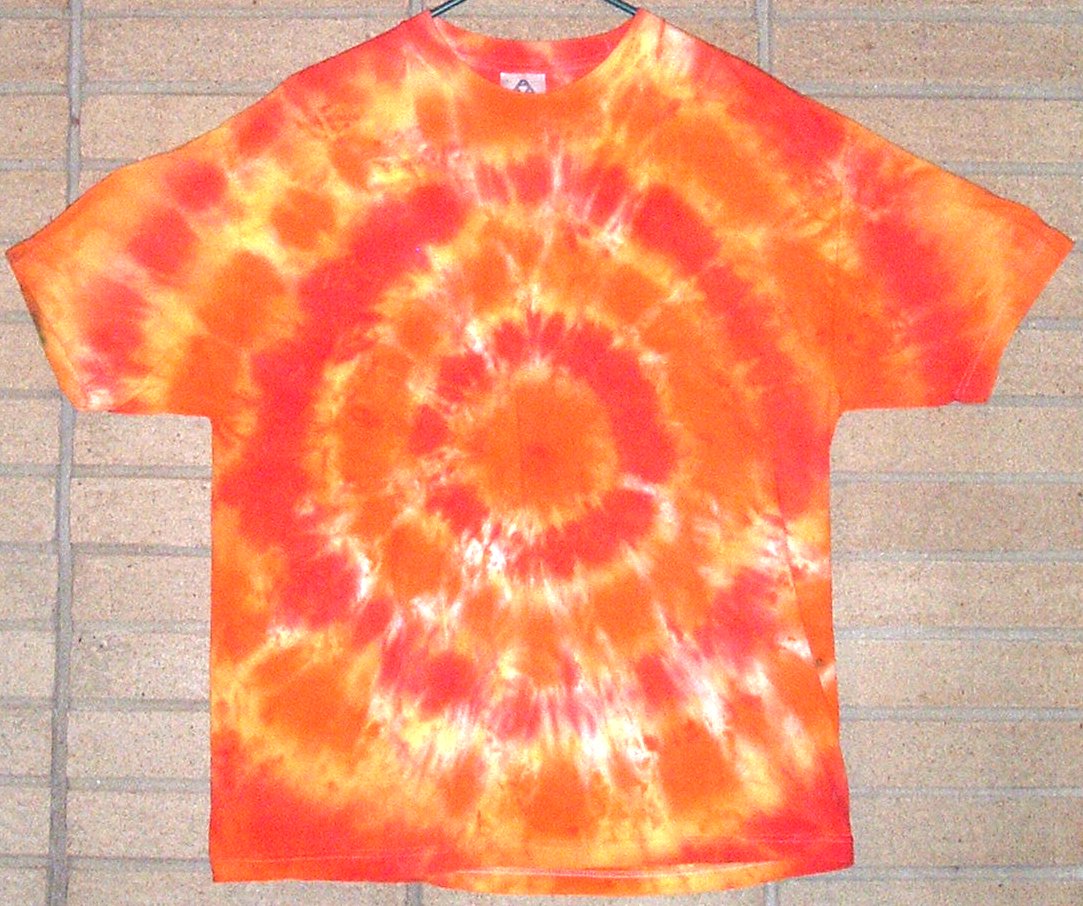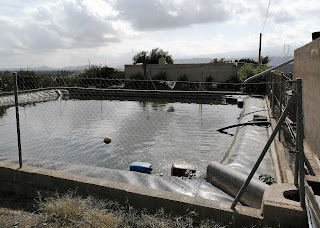I’m not
by nature a flashy dresser – I’d have moved to Milano rather than
Mojácar if I was – but early this morning I noticed that I needed to
give the old shoes a bit of a shine. Well, right after I’d finished
scraping the dog mess off them.
The shoes, a clean shirt and all the bits in-between, would be accompanying me a little later to see the bank manager about my overdraft. It seemed like a good investment to make and I certainly didn’t want to leave the wrong kind of deposit on the floor.
So, under the sink in the kitchen for the bottle of Old Mrs Smoker’s Patent shoe-liquid, a small brush and a rag. The brush, the small bottle of Mrs S and… a tee shirt. In fact, under that sink in the kitchen, in that hard to get to cupboard reserved for polish, squeezo and bug-spray, I found a whole nest of tee shirts.
Now, Mrs Lenox likes to keep her memories in photo albums, and we have a camera for this. We also have a shelf packed full of volumes of nostalgia, baby pictures and people grinning whitely at the flash. Whereas I prefer to have my closest moments emblazoned across my chest and following this stored lovingly in my drawer. So I was surprised to see a pile of treasures, old memories, drunken sprees, exotic dancing women and other things that go up to make a gentleman’s life complete, images in cotton rather than film, all stacked under the sink.
‘Ah’, I mourned, as I pulled out the first one, covered in old silver polish and grime, with a few really quite small holes in it, ‘but this one comes from my trip to Mexico’. But worse was to come. My cycle-trip across Britain was next: Land’s End to John of Groats with the ‘Fentiman Flyers’. We had cycled all that way when I was about 34 and could still do that sort of thing, while eating, drinking and smoking along the entire route. It was my only trip I’d ever done in Britain (besides the regular train trip to school in the sixties) and now, all that was left was the old tee-shirt, stained and unloved.
Others followed. A set that I’d printed up myself on the occasion of the first ever Moors and Christians in Mojácar, which like so many traditions around here, is not as old as one might think. I had printed 300, sold about four and the bulk of the remainder were there, under the blasted sink.
Tee shirts are a relatively new invention. They are simply under-vests with a message or picture on them. Plain white ones had become respectable with Marlon Brando and the decorated versions followed along in America in around 1965 and in Europe a few years later. Tee shirts are a way to make a statement which, unlike tattoos, is easily removable at the end of the evening. We have political tee shirts (Vote for me), funny tee shirts (Vote for them), protest tee shirts (Don’t vote for them), nihilist tee shirts (Don’t vote!), existential tee shirts (Why vote?) and explanatory tee shirts (It’s their country, like. Know what I mean?).
Oh, and wet t-shirts (spelt the American way since they are inexplicably more popular in Miami than in Mojácar), which, on reflection, get my vote.
But before these all came along, and these garments were merely white and worn under a shirt, the hippies invented the tie-dye. You took a tee shirt and wrapped a few rubber bands or tied bits of string around chunks of it, maybe sealed a pinch in a plastic bag, all tightly knotted, and put the whole thing into a boiling pot of dye, available for three pesetas in all the better drogerias. Boil for a while, or until your mother came rushing into the kitchen, douse in cold salty water (was it? Or did the salt go into the first pot?), untie the bits of string and, hey presto. A mungy looking mess!
Let your hair grow long, wear some Goulimine beads, sit cross-legged
on the floor while picking out the best buds on the cardboard cover of a
Santana album (try and do that on a CD), roll a doobie and hope that no
on e notices your tie-dyed tee shirt came out a bit wonky.
e notices your tie-dyed tee shirt came out a bit wonky.
Well, that cultural phenomenon didn’t last long.
But the idea did. The lowly undergarment – less its cousin, the string-vest that only an Englishman could wear – was coming of age. It started to have colour and began to be worn alone. Well, when the weather permitted. It was only a matter of time before someone came up with catchy designs and words. Including endless copies of Che Guevara looking beatific; some very silly ones (‘I’m with stupid’ and ‘My parents went to Albox…’) and a lot, at least around here, in meaningless English sold in the Chinese shops (‘I lovve your drum’). I think my first proper as-we-understand-them-today tee shirt came from a beach-bar night-club called Trader John’s (better known afterwards as ‘the Congo’) a sort of down-market but lots of fun night spot you would never either find or would be allowed to operate these days (Spain having, in my opinion and as far as drinking is concerned, gone to the dogs). It helped make both the club and indeed Mojácar famous. So simple: a logo and the name of the joint. Now, alas, lost.
The next one, traces of which are still reposing, in shreds, under the sink, was another good old and well-loved number which said ‘Relieve Mafeking’. People would come up, you know, with a well-crafted tee shirt. Why I should treasure this one is probably best left to me and my confessor.
I’ve gone though loads of these simple yet decorative garments over
the years; sometimes bought but usually acquired free, one way or the
other. The latest, stolen I suspect, is a splendid effort. This one will
never make its way into the rag-box. It’s an artist's inspiration of
what must be Caribbean people dancing away with tom toms and so on, and
the catchy phrase ‘Rasta Riddim’ gaily etched above the illustration. Below, it says ‘Peace, Love, Harmony’.
And below that, perhaps as an afterthought, it says 'Mojácar'.
Even the moths wouldn’t mess with this one.

